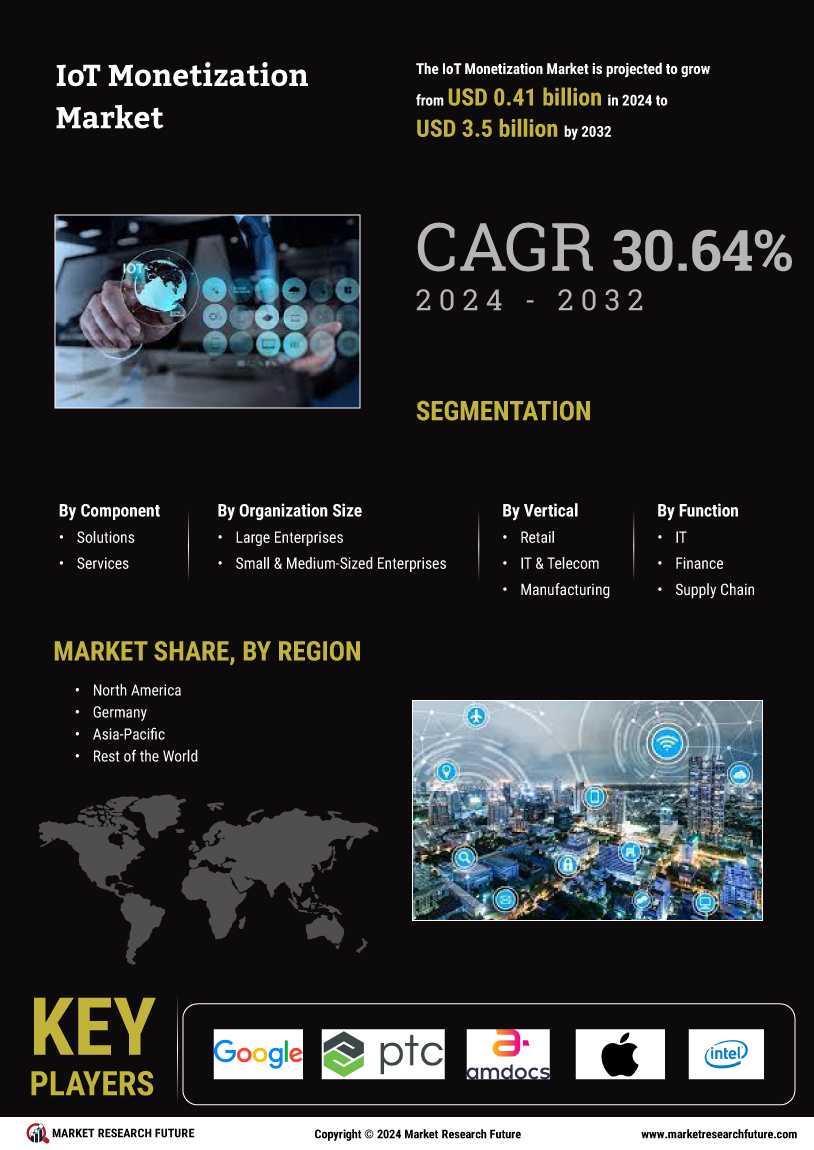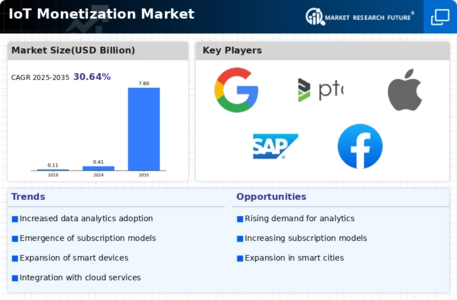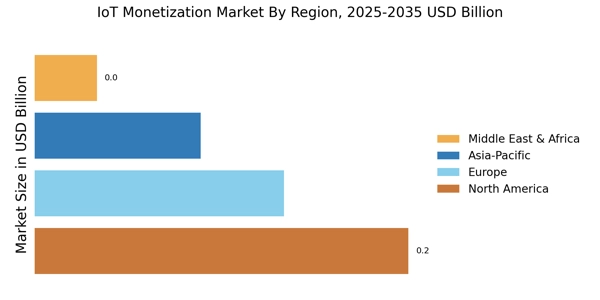In February 2024, Gulp Data announced its collaboration with Snowflake, which allows firms to interface and extract value from their data in a variety of ways, including finance based on specific data, such as loaning, monetization, or even providing data estimation services.
In December 2023, Thales achieved its goal of taking over Imperva. Offering the abovementioned services as well as the most extensive sets of resources, Thales and Imperva are set to resolve genuine aggravating challenges revolving around the field of cybersecurity.
In September 2022, SAS announced SAS Viya on Azure as one of the ideal business intelligence tools that is now available in Microsoft Azure’s marketplace. This unprecedented release ensures that SAS Viya’s capabilities can now be seamlessly accentuated with the Azure platform to enable companies to derive more value from their database.
12 September 2022: Amdocs made a release of Amdocs Charging that integrates the best features and abilities from Amdocs, Openet and the industry to make it simpler to revenue-generating across standalone 5G and other services that will come post.
13 September 2021. Telstra, alongside Adobe, has entered into a five-year agreement revolving around Cloud-based software, enabling businesses to access fundamental details and data.
On February 1, 2022, IBM successfully completed the Sentaca acquisition that will boost IBM’s hybrid consulting business by integrating invaluable capabilities that facilitate Communication Service Providers (CSPs) and Media conglomerates in multitier cloud modernization, innovation, and business transformation. Sentaca will help IBM’s Consulting practice, which is focused on hybrid cloud services, tackle clients with a number of strategic and more technological business issues like being cost-effective and having monetization, space-age security, and scalability as well as approaching business possibilities like 5G, IoT and streaming which solve new services development and deployment issues.
On October 26, 2021, Amdocs Digital’s Amdocs Cloud launched the unified service of business systems, Amdocs Digital Brand Suite, at once on all major platforms. Amdocs’ Digital Brand Suite as a service enables competitive brands and service professionals to switch to digitally dominated platforms by capturing and monetizing cost-effective mixtures for their users.
The acquisition enables CSG, headquartered in the U.S, to offer Tango Telecom, a provider of convergent policy control and messaging solutions, on 26 May 2021. This takeover that took place, comes after a longstanding partnership that targets to maximize monetization opportunities for large communication service providers across the globe. Furthermore, the acquisition enables a more comprehensive set of tools to be provided, such as dynamic policy, call control management and Tango Telecom.


















Leave a Comment